Andersen, A. H., Santurette, S., Pedersen, M. S., Alickovic, E., Fiedler, L., Jensen, J., Behrens, T. (2021). Creating clarity in noisy environments by using deep learning in hearing aids. Seminars in Hearing , 2021.
I am working as a scientist in the field of listening effort and auditory attention. My work includes the design, execution, analysis, and publication of experimental studies as well as supervision of students. In my recent work, I am focusing on the question of how momentary distraction by environmental sounds can be measured and how we can find a good compromise between amplification of relevant sounds and attenuation of irrelevant sounds in hearing devices.
I am working as a scientist in the field of listening effort and auditory attention. My work includes the design, execution, analysis, and publication of experimental studies as well as supervision of students. In my recent work, I am focusing on the question of how momentary distraction by environmental sounds can be measured and how we can find a good compromise between amplification of relevant sounds and attenuation of irrelevant sounds in hearing devices.
During my training as electrical engineer I became interested in electroacoustics, digital signal processing and human hearing. After I finished studying, I felt the need to do something purposeful. Applied hearing research seemed to be a good match.
During my training as electrical engineer I became interested in electroacoustics, digital signal processing and human hearing. After I finished studying, I felt the need to do something purposeful. Applied hearing research seemed to be a good match.
I wrote my PhD-thesis in a collaborative project between University of Lübeck and Eriksholm, so I knew Eriksholm well before I applied for an open position after finishing my PhD.
I wrote my PhD-thesis in a collaborative project between University of Lübeck and Eriksholm, so I knew Eriksholm well before I applied for an open position after finishing my PhD.
Working at Eriksholm gives me the chance to provide evidence-based answers to questions that potentially become important during the development of future hearing aids. The future is unknown, but we still try to look ahead a couple of years to come up with research questions that address current issues of hearing aid users with future technology. Being allowed to analytically approach a wholesome purpose with some degree of creativity is what makes me like my job.
Working at Eriksholm gives me the chance to provide evidence-based answers to questions that potentially become important during the development of future hearing aids. The future is unknown, but we still try to look ahead a couple of years to come up with research questions that address current issues of hearing aid users with future technology. Being allowed to analytically approach a wholesome purpose with some degree of creativity is what makes me like my job.
Research is taking very small steps and the direct impact of our work sometimes needs a closer look to be identified. In the long run, I hope that my work provides a benefit for the individual person who would otherwise struggle in everyday communication.
Research is taking very small steps and the direct impact of our work sometimes needs a closer look to be identified. In the long run, I hope that my work provides a benefit for the individual person who would otherwise struggle in everyday communication.
I love self-supported endurance cycling and playing the drums.
I love self-supported endurance cycling and playing the drums.
Obviously, the recent advances in AI-based language models are fascinating in many ways and it shows that AI keeps opening possibilities for new applications, also in the hearing aid industry. However, as in other applications, AI may be great to predict and mimic certain behavior, but it may not be sufficient to understand the mechanisms behind it. Hence, well-founded hypothesis and experimental work should never become obsolete.
Obviously, the recent advances in AI-based language models are fascinating in many ways and it shows that AI keeps opening possibilities for new applications, also in the hearing aid industry. However, as in other applications, AI may be great to predict and mimic certain behavior, but it may not be sufficient to understand the mechanisms behind it. Hence, well-founded hypothesis and experimental work should never become obsolete.
I hope that existing inequalities and biases in science will be further reduced in the future. This includes more open access to knowledge and a fair representation of everyone in the data we base our interpretation of the world on.
I also hope that trust in science will always be maintained, which requires researchers to communicate their work to a broad audience and that large political decisions are well-founded on the evidence-based recommendations of experts.
I hope that existing inequalities and biases in science will be further reduced in the future. This includes more open access to knowledge and a fair representation of everyone in the data we base our interpretation of the world on.
I also hope that trust in science will always be maintained, which requires researchers to communicate their work to a broad audience and that large political decisions are well-founded on the evidence-based recommendations of experts.
To see related publications, please follow this link and type in the scientist’s name in the free text search field. The result shows publications by this scientist during collaboration with Eriksholm Research Centre and/or with relevance to current work.
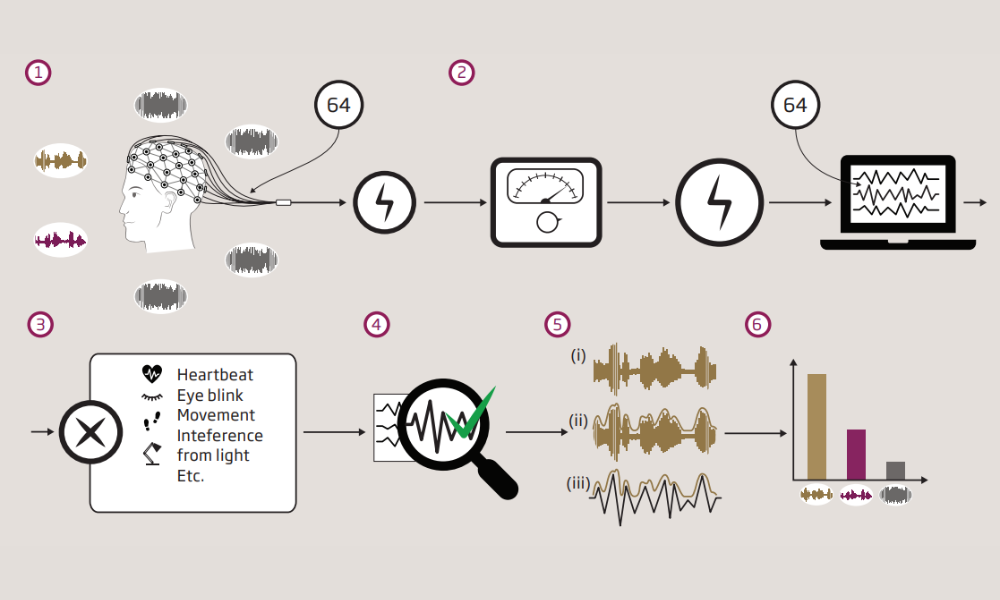
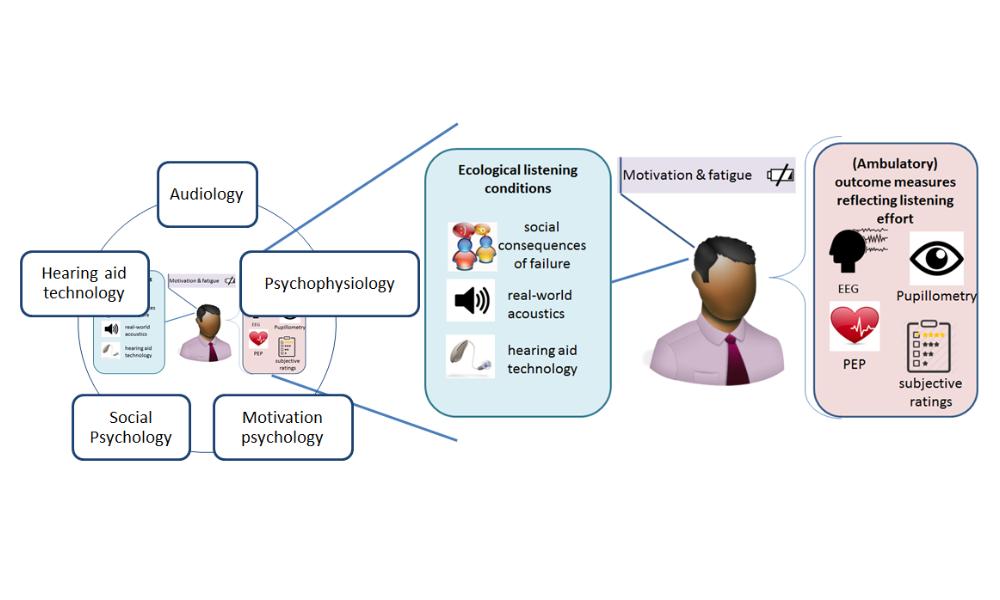
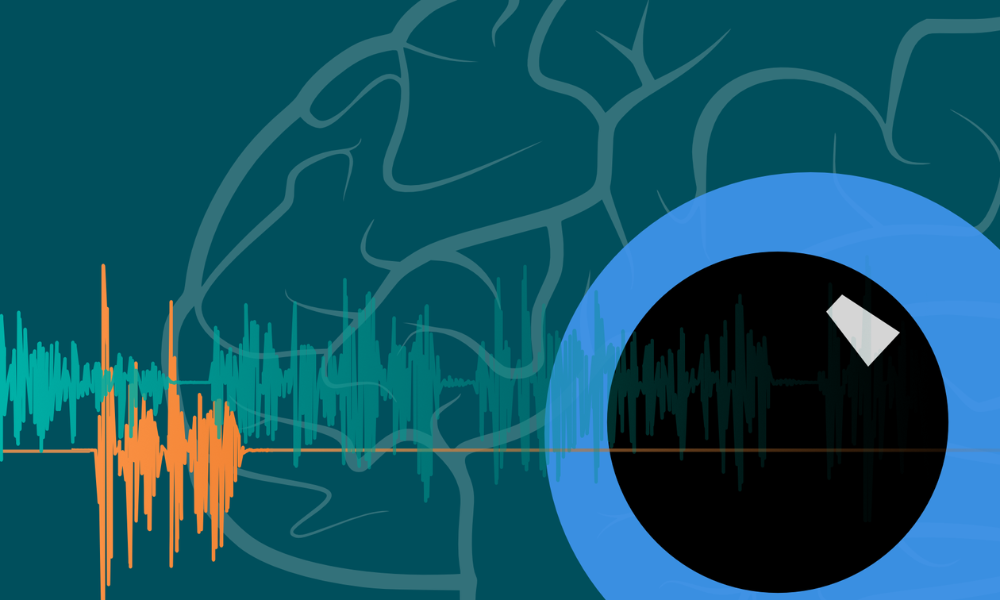
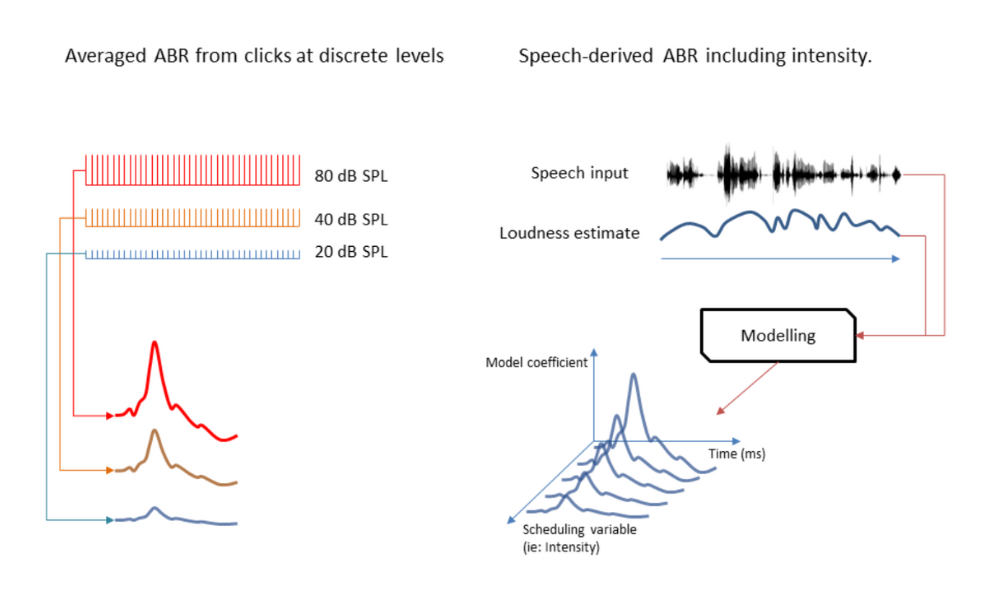
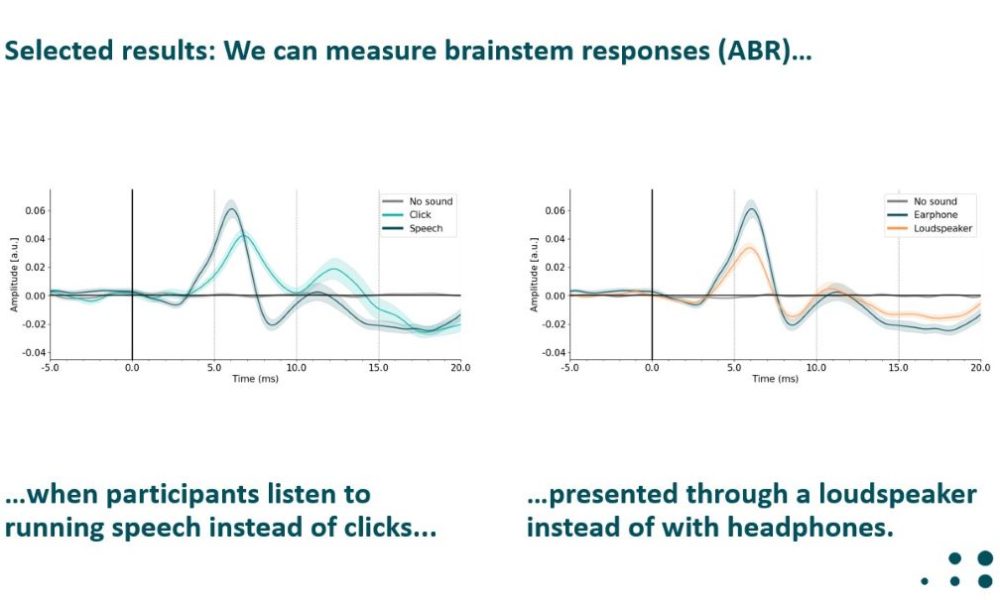
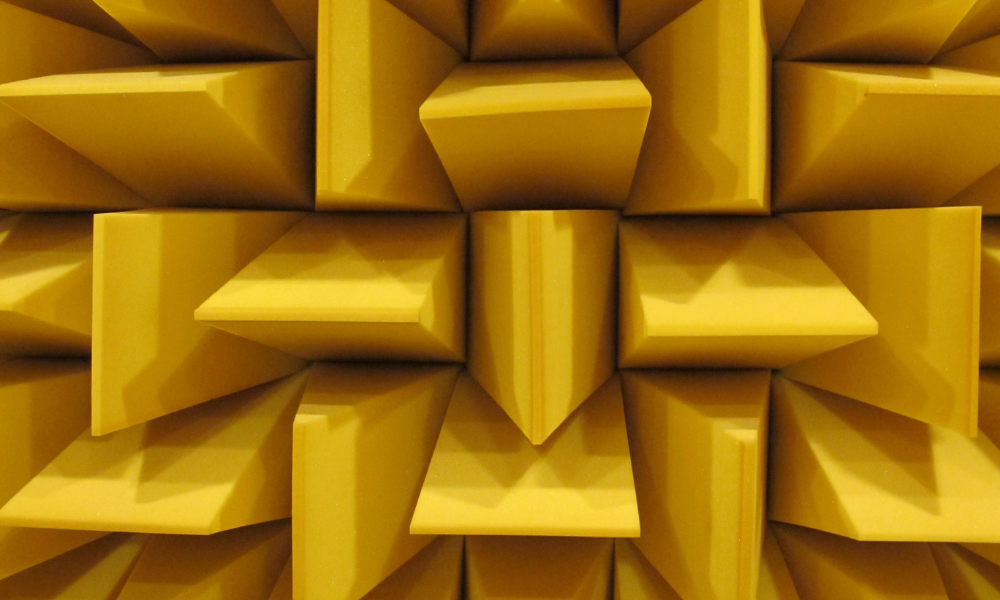



© 2024 Eriksholm – Designed by Aveo web&marketing